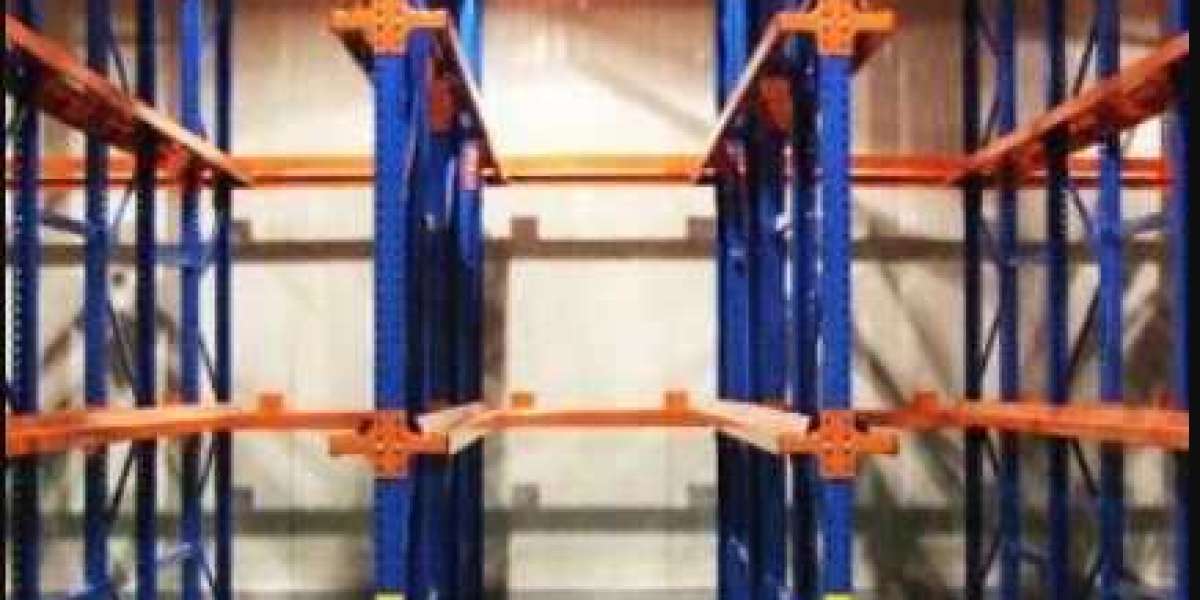Introduction
Flyxo, a distinguished player within the journey and transportation sector, has garnered consideration for its innovative method to value administration and pricing methods. This report delves into the assorted aspects of Flyxo's cost constructions, pricing models, and the factors that affect its overall bills. By analyzing these components, we aim to offer a comprehensive understanding of Flyxo's value dynamics and their implications for shoppers and the market at massive.
Overview of Flyxo
Flyxo is an emerging service provider in the travel business, primarily focusing on offering reasonably priced and environment friendly transportation options. The company has established itself as a key competitor available in the market by leveraging know-how and information analytics to optimize its operations. Flyxo's providers range from ride-sharing to long-distance travel, top 5 private airplane flights jets charters [https://housesforsaleinnigeria.com] making it a versatile possibility for customers in search of value-effective journey options.
Value Structure of Flyxo
Understanding Flyxo's price construction is crucial for evaluating its pricing methods and market competitiveness. The company's costs will be broadly categorized into fastened costs, variable costs, and semi-variable costs.
1. Fixed Costs
Mounted costs are bills that do not fluctuate with the volume of providers provided. For Flyxo, these embody:
- Infrastructure Prices: Funding in technology platforms, cellular purposes, and backend systems that support the operational framework.
- Administrative Expenses: Salaries of administrative employees, workplace rentals, and other overheads that stay fixed no matter service demand.
- Marketing and Branding: Initial and ongoing expenses associated to selling the brand and acquiring customers.
2. Variable Costs
Variable prices are straight proportional to the amount of companies rendered. Key elements embrace:
- Driver Funds: Compensation paid to drivers, which varies primarily based on the number of rides completed.
- Fuel Costs: Expenses incurred for fuel, which fluctuate with market costs and usage levels.
- Upkeep and Repairs: Prices associated with maintaining the fleet, which increase with the frequency of use.
3. Semi-Variable Costs
Semi-variable prices contain each mounted and variable parts. For Flyxo, this consists of:
- Insurance coverage: Whereas there is a baseline private jets charter cost for insuring vehicles, additional premiums may apply based mostly on utilization and risk components.
- Expertise Upgrades: Common updates to software program and hardware, which have fastened prices but may involve variable costs based on the extent of upgrades needed.
Pricing Fashions
Flyxo employs a number of pricing models to cater to completely different segments of the market. Understanding these fashions is crucial for comprehending how costs affect pricing methods.
1. Dynamic Pricing
Flyxo makes use of a dynamic pricing model, adjusting fares based mostly on actual-time demand and supply circumstances. This mannequin permits the company to maximise income throughout peak occasions whereas remaining competitive throughout off-peak durations. Factors influencing dynamic pricing include:
- Time of Day: Prices might improve during rush hours when demand is excessive.
- Location: Certain areas may expertise increased pricing because of increased demand or restricted driver availability.
2. Subscription-Based mostly Pricing
Along with dynamic pricing, Flyxo presents subscription companies for frequent travelers. Here's more info regarding private jet charter rental check out our own web-site. Subscribers pay a fixed month-to-month price for access to discounted rates and precedence service. This mannequin helps stabilize income and fosters customer loyalty.
3. Promotional Pricing
Flyxo frequently employs promotional pricing methods, reminiscent of discounts for first-time users or referral bonuses. These promotions are designed to draw new customers and encourage word-of-mouth marketing.
Factors Influencing Flyxo's Prices
Several external and inner elements influence Flyxo's value constructions and pricing strategies. Understanding these influences is significant for predicting future developments and making informed business selections.
1. Market Competition
The travel and transportation industry is very competitive, with numerous players vying for market share. Competitors' pricing methods can significantly influence Flyxo's cost buildings, prompting changes to take care of competitiveness.
2. Regulatory Surroundings
Government laws regarding transportation companies can affect operational costs. Compliance with safety standards, licensing fees, and insurance requirements can impose further monetary burdens on Flyxo.
3. Financial Conditions
Broader economic components, equivalent to fuel costs, inflation rates, and client spending patterns, also play a critical position in shaping Flyxo's prices. Fluctuations in fuel costs, for instance, can result in elevated variable costs, prompting adjustments in pricing methods.
4. Technological Developments
Investments in expertise can lead to improved operational efficiencies, probably lowering costs in the long term. However, the initial outlay for know-how upgrades could be significant, impacting short-time period monetary efficiency.
Value Administration Strategies
To maintain profitability and competitiveness, Flyxo has applied a number of value management strategies aimed toward optimizing its value buildings.
1. Operational Efficiency
Flyxo repeatedly seeks to enhance operational effectivity by way of data analytics and efficiency monitoring. By analyzing trip patterns and driver efficiency, the corporate can optimize its fleet administration and scale back pointless costs.
2. Strategic Partnerships
Collaborating with local businesses and repair suppliers can assist Flyxo scale back prices and broaden its service offerings. For example, partnerships with fuel suppliers could result in discounts or loyalty packages that profit each events.
3. Worker Coaching and Growth
Investing in driver coaching and growth can lead to improved service high quality and operational effectivity. Nicely-educated drivers are more likely to provide glorious buyer experiences, resulting in higher buyer retention and lowered turnover costs.
Conclusion
Flyxo's value construction and pricing strategies are integral to its success in the competitive journey and transportation market. By understanding the assorted parts of its prices and the elements influencing them, stakeholders can higher recognize the challenges and alternatives faced by the company. As Flyxo continues to innovate and adapt to market dynamics, its approach to value management will likely be pivotal in sustaining development and profitability sooner or later.
Suggestions
For Flyxo to reinforce its value effectivity and market place, the following suggestions are proposed:
- Invest in Technology: Continued investment in expertise can streamline operations and scale back lengthy-time period costs.
- Develop Subscription Companies: Enhancing subscription offerings may stabilize income streams and improve customer loyalty.
- Monitor Market Trends: Staying attuned to market dynamics and competitor methods will allow Flyxo to adjust its pricing fashions proactively.








